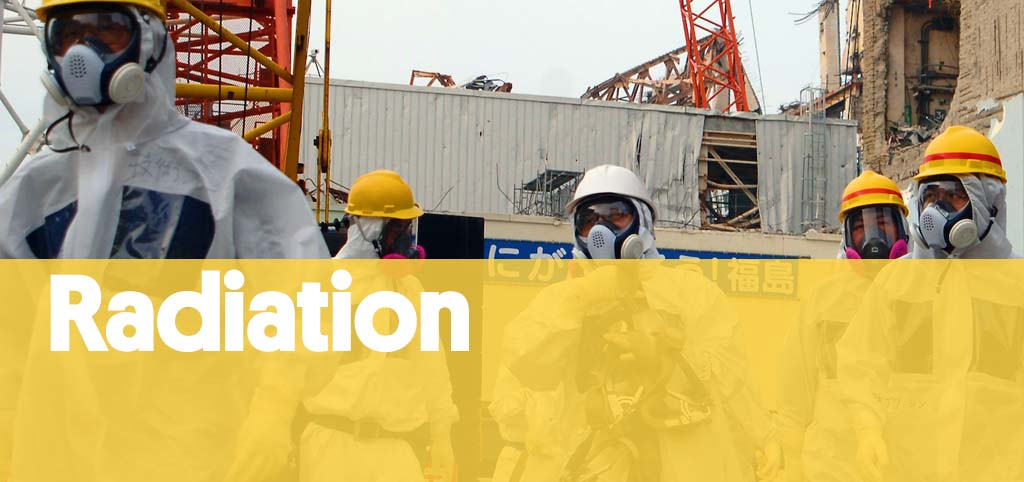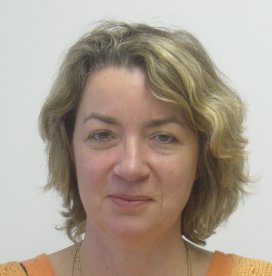DOREMI-Low dose research towards multidisciplinary integration

- Duration
- 2009 - 2015
- Coordinator
- Radiation and Nuclear Safety Authority (STUK), Prof. Sisko Salomaa (Finlàndia)
- Funded by
- European Comission
The aim of DoReMi ( Low Dose Research towards Multidisciplinary Integration http://www.doremi-noe.net/index.html) is to promote the sustainable integration of research on low dose ionizing radiation risk in Europe in order to help the effective resolution of the key policy questions identified by the 'High Level Expert Group (HLEG) on Low Dose Risk Research' (www.hleg.de).
DoReMi provides an operational tool for the development of MELODI (Multidisciplinary European Low Dose Initiative, http://www.melodi-online.eu/doremi.html), a long-term platform for integration and funding of European radiation protection research initiated by major national bodies and research programmes that have long term commitment in low dose risk research in Europe.
ENSREG: European Nuclear Safety Regulators Group, ENEF: European Nuclear Energy Forum, EC: European Commission, WHO: World Health Organization, IAEA: International Atomic Energy Agency, NEA: Nuclear Energy Agency, DOE: Department Of Energy, NIRS: Nuclear Information and Resource Service.
http://www.melodi-online.eu/melodi_doc_2.pdf
DoReMi activities include:
• a Joint Programme of Research covering key policy questions in radiation protection and public health (the shape of the dose response curve for cancer at low doses, individual susceptibilities and risk of non-cancer diseases), providing an overview of European research infrastructure needs and facilitating multilateral initiatives leading to better use and development of research infrastructures.
• a Joint Programme of Integration to develop a coordinated European roadmap for the long term needs of the key players in Europe
• a Joint Programme for the Spreading of Excellence, covering knowledge management, an integrated European training programme, and mobility of scientists.
A substantial proportion of DoReMi will be dedicated to the Joint Programme of Research. The programme follows a multidisciplinary approach, integrating epidemiological and biological research and modelling, and developing interfaces with the broader biological, toxicological and epidemiological communities.
CREAL participation
• CREAL (Barcelona) is leading the cross-sectional epidemiological task group of DoReMi and plays a crucial role in:
-the identification of major European epidemiological cohorts of people exposed to low doses and low dose rates of ionising radiation
-training in radiation, environmental and molecular epidemiology and
-the development and conduct of integrated molecular epidemiological studies aimed at answering key questions in radiation protection.
• As of 2012, CREAL is also coordinating the INT-Thyr project, task 6.9, within DoReMi workpackage 6 on individual sensitivities. The project is designed to investigate potential biomarkers of radiation-induced thyroid cancer. The molecular analyses will be conducted on samples from persons exposed during their childhood or adolescence to ionising radiation in Belarus in the aftermath of the Chernobyl accident and who later developed thyroid cancer. The project includes three research institutions with complementary expertise: the Helmholtz Zentrum München (HGMU, Germany) for molecular analyses, the Belarusian Medical Academy of Postgraduate Education (BelMAPO, Belarus) which is in charge of follow-up and treatment of Chernobyl related thyroid cancers patients in Belarus, and CREAL, which is coordinating the project, providing epidemiological and dosimetric expertise, and will conduct the statistical analyses of the data. Specific objectives of the project are:
-to validate amplification of the region 7q11 and overexpression of CLIP2 as radiation biomarkers in a cohort of post-Chernobyl thyroid cancer cases in Belarus, and
-to study the dose and age-relationship of these biomarkers, evaluate the possible modifying effects of iodine deficiency and other factors on this relationship and estimate the attributable fraction of radiation induced cases."
Our Team
Principal Investigator (PI)
-
 Elisabet Cardis Research Professor
Elisabet Cardis Research Professor
Our Team
-
EILEEN PERNOT -
-
ID#mdo#
Other projects
ENDOMIX
Understanding how endocrine disruptors and chemical mixtures of concern target the immune system to trigger or perpetuate disease
AM-MENTAL
What happens with your mental health when your supervisor is an algorithm?
PANAMA
Inhaled dose of air pollution - an integrative approach towards personalized air pollution exposure assessment in participants with and without respiratory diseases
e-QuoL
e-health tools to promote Equality in Quality of Life for childhood to young adulthood cancer patients, survivors and their families
B-Triage
Una prueba en el punto de atención para la estratificación del riesgo de los pacientes febriles basada en los niveles de sTREM-1
El microbioma intestinal y la disrupción circadiana
Un estudio epidemiológico molecular sobre enfermedades cardiometabólicas y salud mental
IHEN
International Human Exposome Network
EXPONIT
Analysing and studying how night shift work affects workers' circadian rhythms and health




